This video is a trailer for Disney’s movie Earth. The video begins by acknowledging the similarities between us and animals, because we both inhabit the same planet. This beginning made me feel like this video was trying to demonstrate the spiritual oneness that Alice Walker mentions in “Am I Blue?” when she states “People…daily forget, all that animals try to tell us. ‘Everything you do to us will happen to you; we are your teachers, as you are ours. We are one lesson’ ” (186).
This trailer shows various wild animals including polar bears, whales, and penguins in their natural habitats. Although there are also adult animals shown, many of the animals shown are babies. Humans are drawn to baby animals because they are cute and Disney is capitalizing on that natural appreciation for young animals. No humans are depicted in the video, although there is a human narrator. The human narrator has an objective voice and seems to be removed from the animals. There is very little text in this video and the text that is present states “Join three families on an amazing journey” which implies an interaction between the audience member and the animals. This contradicts the fact that the narrator seems to be trying to capture the behaviors of animals without interacting with them. This reflects the oxymoronic nature of the phrase the “activity of spectatorship” (Malamud 220). By participating in spectatorship, the viewer wants to develop a relationship with the animals without disturbing them by interacting with them. However, trying to create this relationship is futile because “one cannot enter into any relationship with [an animal] which is mutual, reciprocal, or symmetrical, insofar and so long as one treats it voyeuristically” (Malamud 230). No real interaction exists between the audience of the movie and these wild animals. Rarely, if ever, are the animals shown looking into the camera which is an example of the way that “animals deflate the human gaze we conceive as so puissant, by cutting us in return – refusing to dignify or acknowledge our self-important ritual of looking” (Malamud 222).
The music in this trailer consists of two songs. The first song is fast-paced and sounds like the type of music that you would expect to find in an action movie whereas the second song is slower, more melodious, and sounds heartwarming. These two songs appeal to the audience in two different ways. The first song serves the purpose of generating excitement. In this trailer, the animals are always shown doing something that would be exciting to watch. Sharks jump out of the water to feed, elephants are running in herds, and some young animals are taking their first steps. In the natural world, the animals may be more commonly found sleeping, relaxing, or otherwise remaining in one place. However, if animals were documented as they actually were instead of only including the most exciting parts of their lives then profits for the movie would decrease because no one would have the patience to watch an inactive animal. Most would get bored watching an animal behave the way it normally would. Due to the fact that humans want instant gratification and thus want to see the animals immediately do something compelling, the process of selectively choosing the most thrilling nature footage is what makes nature documentaries so successful. The fast-paced music accentuates the action-packed footage in order to create a distortion of reality. This editing process perpetuates “an imperial relation toward the realm of nature, and its subordination to our whims” (Malamud 228). The heartwarming song encourages viewers to empathize with the animals and to reflect on the spiritual oneness mentioned in the beginning of the trailer.
Although nature documentaries like Disney’s Earth distort reality due to the “neat editing, the musical background, the contextualizing ‘nature’ voice with its cultural biases, and the artificial concentration of action” (Malamud 234), they offer a “greater potential for people to understand how animals really exist” than most other alternatives (Malamud 234). By recognizing the oneness between humans and animals and trying to interfere in the animals’ environments and lives as little as possible, Earth advocates animal welfare and the appreciation of the intrinsic value of animals. I agree with Malamud in his essay “Zoo Spectatorship” when he states that “the benefits [of nature documentaries] outweigh the drawbacks” (234).
References:
Kalof, Linda, and Amy J. Fitzgerald. “Zoo Spectatorship.” The Animals Reader: The Essential Classic and Contemporary Writings. Oxford: Berg, 2007. 219-36. Print.
Nudoggy. “Earth-Official Movie Trailer [HD].” Online Video Clip. YouTube. YouTube, 31 Mar. 2009. Web. 3 Nov. 2014.
Walker, Alice. “Am I Blue?” Other Nations: Animals in Modern Literature. By Tom Regan and Andrew Linzey. Waco, TX: Baylor UP, 2010. 182-87. Print.
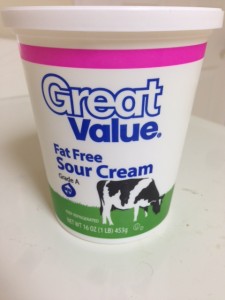
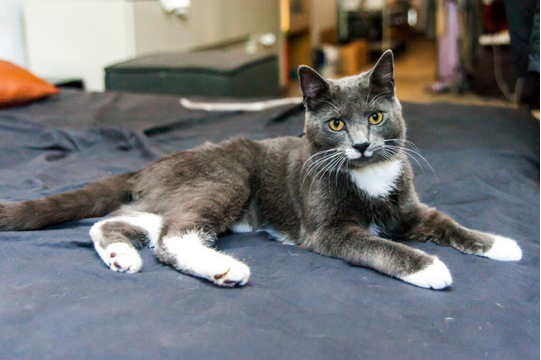
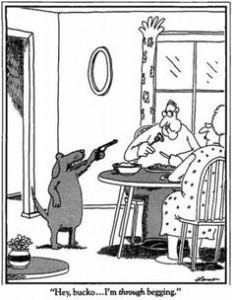
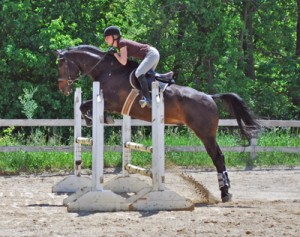
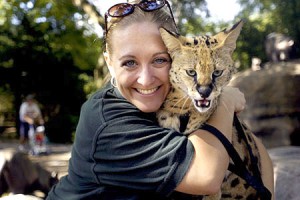
 ou may know our new author, Alice Walker, as the author of the Pulitzer Prize winning novel, The Color Purple. Walker was born in Georgia in 1944. Her parents were sharecroppers and she was the youngest of 8 children. She attended Spelman and then Sarah Lawrence college. An activist for social justice, after college Walker worked on behalf of voter registration drives and participated in the famous 1963 march on Washington.
ou may know our new author, Alice Walker, as the author of the Pulitzer Prize winning novel, The Color Purple. Walker was born in Georgia in 1944. Her parents were sharecroppers and she was the youngest of 8 children. She attended Spelman and then Sarah Lawrence college. An activist for social justice, after college Walker worked on behalf of voter registration drives and participated in the famous 1963 march on Washington.
Recent Comments